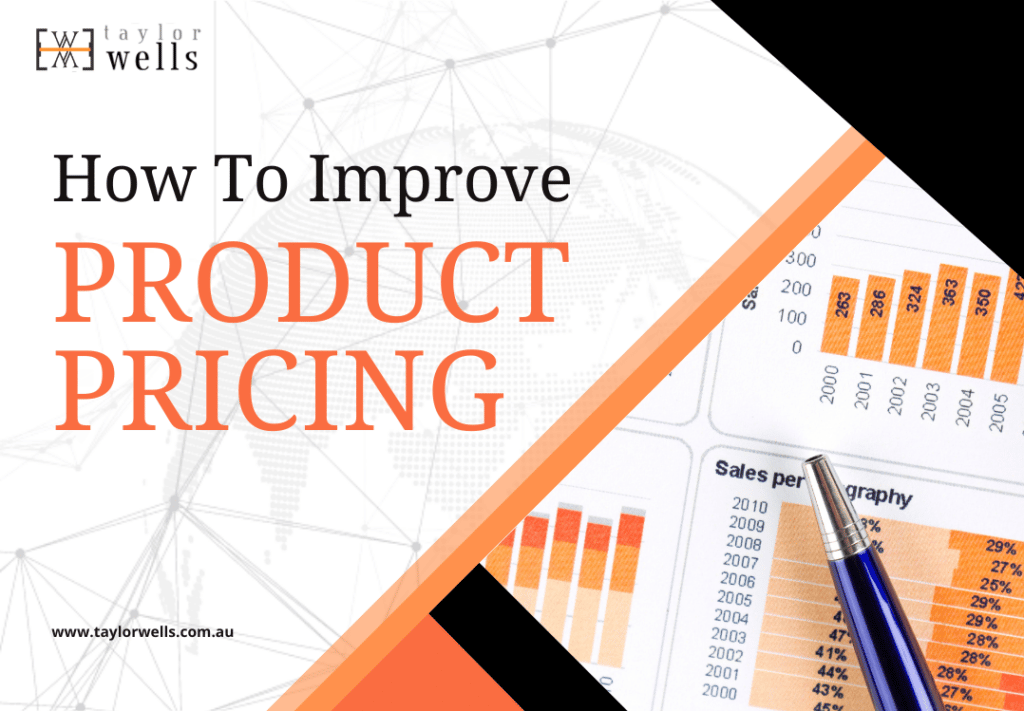
Developing Products For Professional Service Firms That Increase The Value of Service Pricing 🏬
Professional service firms provide specialised expertise. Because of this, offerings can be profitable. However, in some cases due to limitations in these kinds of pricing structures, gross margins can be difficult to expand. Revenue may stagnate and growth may be difficult. Fortunately, this isn’t the be-all-and-end-all-be-all. Professional services can expand their value of service pricing by integrating products into their offerings. In this article, we’ll be discussing exactly what that means and how your firm can follow suit.
>Download Now: Free PDF How to Improve Product Pricing
Value of Service Pricing – Developing Products To Double Revenue
For product companies, depending on the industry, pricing strategies have a little more room for margins. This is true especially for value-based pricing, wherein a product’s price is influenced by customer perception.
Companies can then leverage their target segment or market through clever marketing and branding. The right marketing and positioning can enable brands to drive up margins.
On the other hand, professional service firms can typically only increase their revenue by selling more services. Unfortunately, increasing services also requires the addition of more staff, which includes highly-paid knowledge workers like consultants, accountants, engineers, lawyers. Hiring more employees can significantly drive up costs, which in turn takes away a large amount of revenue from potential growth.
As a result, professional service firms can struggle to find the same level of growth and returns as product firms. Your firm will want to avoid this type of plateau if your ultimate goal is to maximise profits and achieve more exponential growth.
Problem and Solution – Value of Service Pricing
Increasing the value of service pricing can be difficult, but there are creative ways for firms to do this. One of the most successful methods includes developing products alongside services to add value to the service offering.
In this way, you can increase the value of service pricing, thereby increasing your margins.
This doesn’t mean creating a physical product – which may not be relevant at all to your firm. Thankfully, technology has allowed more ways for firms to achieve this. Rather than developing tangible products to increase value, your firm would be creating intangible products.
In other words, technology enables firms to automate certain tasks, which in turn can be sold as “products.” This allows firms to continue to deliver simple services without having to up input costs. Pricing can be shifted towards an outcome-based approach for these products.
Product Companies Vs Professional Services
This solution can sound a lot like professional services are adopting the same pricing strategies as product firms, but this isn’t the case. It all boils down to the differences in their purpose, function, and development.
For product companies, their key focus and primary source of profit come from their product offering. But for professional service firms, products are simply embedded into the service, which remains the primary source of revenue. Professional service products are essentially automated and monetised (often analytical) tasks that supplement the service.
Product companies develop products to fill a need in the market or customer base. While professional services develop products by converting existing services and embedding them into service offerings.

Opportunities – Value of Service Pricing
In order to develop a product, your professional service firm must recognise a need and opportunity within the business. These opportunities include the untapped potential for preexisting services to be automated. In other words, simple tasks with tried and tested solutions.
A good example to illustrate this point would be the processing of health insurance claims management. This task would have required an employee to spend their time essentially fact-checking an application. For instance, looking for incorrect information, errors in coding or payments, subrogation, etcetera. Instead, your product would use technology to scan claims for relevant errors or attributes, saving both time and money.
Product Development
Once your professional service firm has identified the task you want to automate or “productise,” you can now proceed to product development. Unlike product companies, this stage doesn’t involve prototyping and designing, but it does involve testing. Though, rather than testing for design features, you will want to test for efficiency, precision, and sophistication.
As with any product development process, the key is to listen to users. Another important tip is to continuously upgrade your product. You may feel like you have nothing more to improve right now, but down the line, you could risk your product becoming outdated or obsolete, which would in turn reduce growth and profitability.
Product Pricing and Value
Like any product offering, the next stage after development is to determine its value so you can set a price point. It’s important to switch up your pricing strategy, especially if the whole reason for developing your product was to improve stagnating growth.
Transaction-based pricing is often used for this type of product. This pricing method is based on the quantity of the product, which would boost profitability for this format. However, it is still important to consider the math behind your product and determine when a certain pricing strategy is appropriate.
Preparing Your Company
Besides getting your product offering ready, it’s important to do the same with your staff by preparing a better organisational structure.
Setting Up A Dedicated Team
As you set up your product offering, you will also need to set up a dedicated team that can handle the background operations and further development of your product. Setting up a devoted internal team will allow for more efficient innovations and improvements. Create an environment that can support and incubate ideas.
Integrating Departments
Once you have established your teams and departments, it’s important to establish a culture of interconnectedness. Create avenues for your teams to interact with each other. This extends from product development to IT, to pricing teams, and even the management.
Each department will bring a strength that the other departments need as well. Integration is an essential next step, especially before launching your product. Doing so will enable fluid communication and hopefully make it easier for your team to relay information and feedback to one another.
〉〉〉 Get Your FREE Pricing Audit 〉〉〉
Bottomline – Economic Benefits
To summarise, broadening of margins can be difficult but with the creation of product offerings, it is possible. Product offerings for professional services can be a creative way to boost growth and make simple tasks easier through automation. Products add value to your pricing and enable you to maximise your margins.
What’s essential is developing your product properly, finding a pricing strategy that works best, and setting up your departments with a dedicated team and integrated departments. An intelligently designed product offering can truly add value to your pricing. By following this guide, you should be well on your way to boosting and even doubling your revenue.
For a comprehensive view on building a great pricing team to prevent loss in revenue,
Download a complimentary whitepaper on How to Build Hiring Capability To Get The Best Pricing Team.
Are you a business in need of help to align your pricing strategy, people and operations to deliver an immediate impact on profit?
If so, please call (+61) 2 9000 1115.
You can also email us at team@taylorwells.com.au if you have any further questions.
Make your pricing world class!
Related Posts
Leave a Reply Cancel reply
Categories
- marketing strategy (26)
- Organisational Design (14)
- Podcast (114)
- Pricing Capability (87)
- Pricing Career Advice (10)
- Pricing Recruitment (19)
- Pricing Strategy (285)
- Pricing Team Skills (13)
- Pricing Teams & Culture (24)
- Pricing Transformation (47)
- Revenue Model (25)
- Sales Effectiveness (27)
- Talent Management (7)
- Technical Pricing Skills (35)






